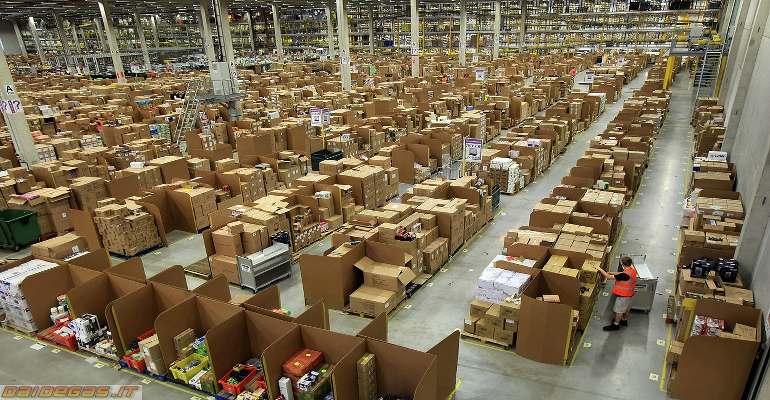The greenhouse emissions saved each year through the Internet of Things is equivalent to those of USA and India put together
Beauty will save the world, Dostoevskij wrote. But the Internet of Things (IoT) can give a great helping hand. By the end of the decade, thanks to technologies for interconnecting objects, we will be able to reduce greenhouse gas emissions by more than 9 billion tonnes per year. This number is equivalent to over 18% of the annual global emissions in 2011, and more than the carbon dioxide emitted in 2010 by the Unites States and India (the second and third world’s biggest emitters) put together.
In other words, the IoT could turn out to be a tool just as essential as energy efficiency, and therefore a key weapon to fight climate change. For once, the war metaphor is not arbitrary: the association that has quantified the potential of the IoT is called Carbon War Room (after the Cabinet War Rooms from which Churchill waged the war against the Nazis).
But how can there be such a considerable reduction? Well, for example: interconnected smart cars can use low traffic itineraries; energy producers enhance electricity generation thanks to smart grids; heating systems can be set beforehand based on weather forecasts. Finally, the greatest amount of innovations will regard domotics: electric home appliances that communicate between themselves and regulate consumption are no longer science fiction.
This is the path followed by the major energy companies, including Enel, which presents cutting-edge and efficient innovations in the field of active demand. A ground-breaking product that reduces consumption is Energy@home, a communication platform between devices and electric home appliances. This system is based on Smart Info, a device allowing access – from home or smartphones – to the information on consumption measured by electronic meters, which indicates when energy is cheaper.







